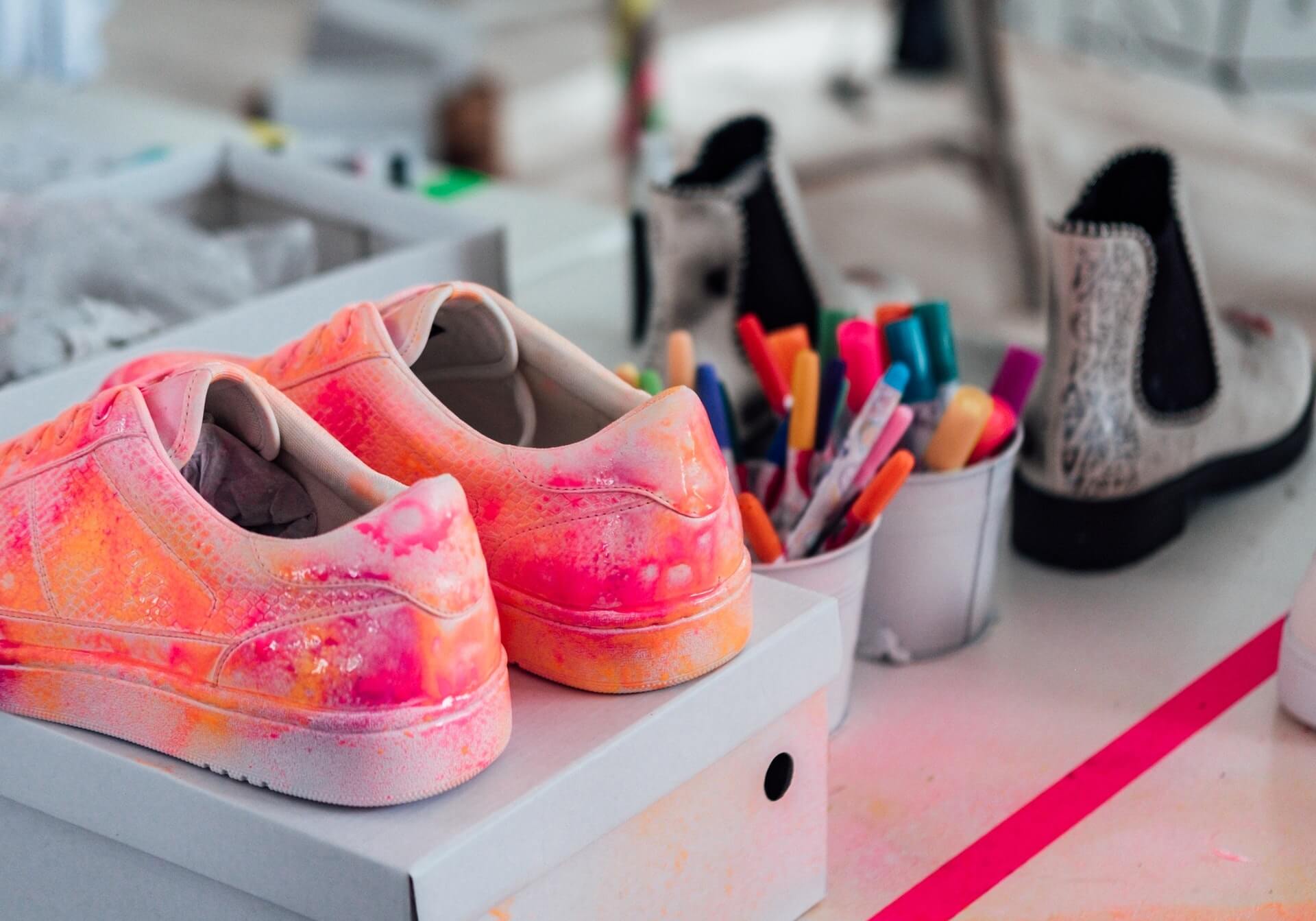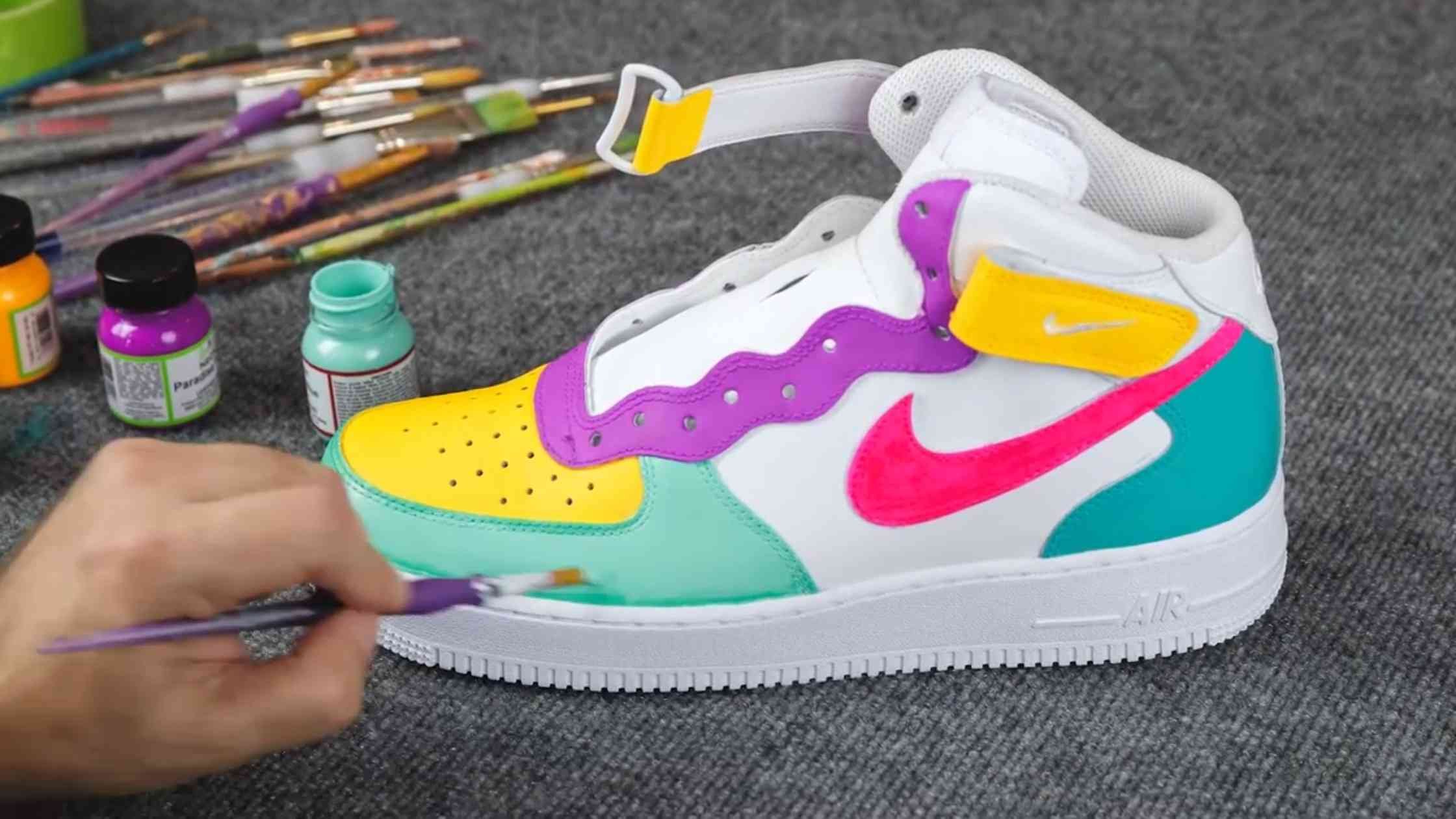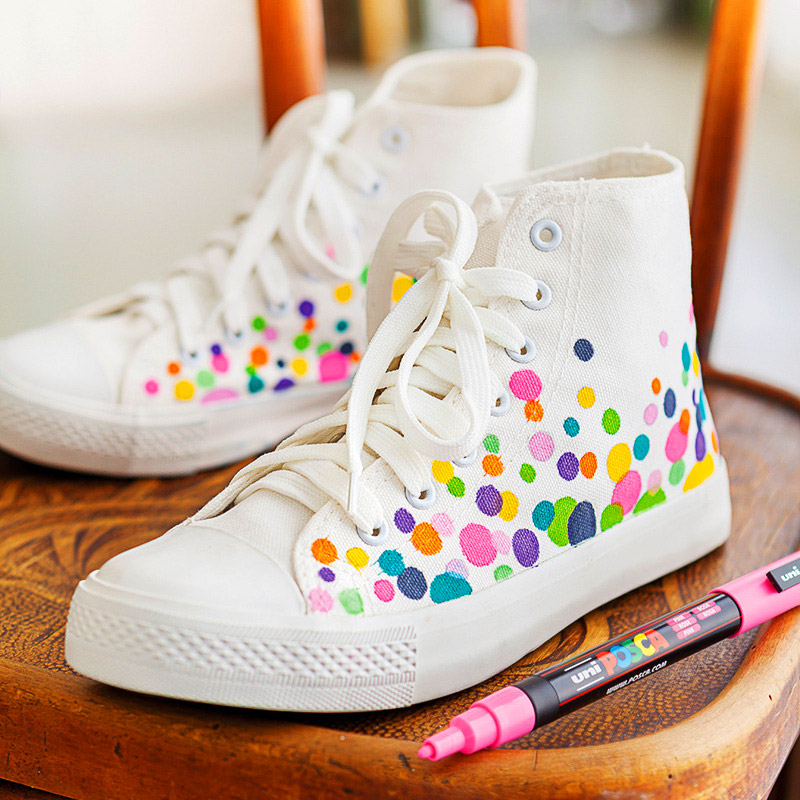Are you looking to give your favorite pair of shoes a new lease on life? Whether it’s a simple touch-up or a complete custom makeover, the right paint can make all the difference. In this guide, we’ll explore the best paints for shoes, including tips, comparisons, and real-world experiences to help you choose the perfect option. Let’s dive in!
Understanding Shoe Material
Before you decide on the paint, it’s essential to understand the material of your shoes. The most common materials include leather, canvas, rubber, and synthetic blends. Each of these surfaces reacts differently to paint, and using the wrong type can lead to peeling, cracking, or fading.
Common Shoe Materials
- Leather: Durable and stylish, leather shoes are a popular choice. However, they require special paint designed for leather to maintain their texture and sheen.
- Canvas: These shoes are typically lighter and breathable. Fabric paints or acrylics often work best on canvas, offering flexibility and durability.
- Rubber: Often used in sneakers and rain boots, rubber can be tricky. Use paints specifically made for rubber to ensure they adhere well.
- Synthetic Blends: Many modern shoes use synthetic materials. Always check if the paint is compatible with these surfaces.
Best Types of Paint for Shoes
Now that you understand the basics of shoe materials, let’s explore the best types of paint available. Each type offers unique benefits and potential drawbacks.
Acrylic Paint
Acrylic paints are incredibly versatile and widely used for painting shoes. They are water-based, quick-drying, and highly pigmented, making them perfect for DIY projects.
Pros:
- Vibrant Colors: Acrylic paints come in a vast range of colors.
- Easy to Work With: Ideal for both beginners and professionals.
- Water-Resistant Options: Some acrylic paints, when sealed properly, can resist water.
Cons:
- Potential Cracking: If not applied correctly, they may crack with time.
- Requires Sealing: Always seal with a topcoat for durability.
Fabric Paint
Fabric paint is specifically designed for textiles and is ideal for canvas shoes. It offers good flexibility and elasticity.

Pros:
- Soft Finish: Maintains the softness of the fabric.
- Flexible: Won’t crack when the shoes bend.
Cons:
- Limited Color Range: Not as many options as acrylics.
- Less Durable: May not withstand harsh weather as well.

Leather Paint
Leather paints are formulated specifically for leather surfaces. They can be used for shoes, bags, and other leather items.
Pros:
- Designed for Leather: Sticks well and maintains leather quality.
- Flexible: Allows for movement without cracking.

Cons:
- Higher Cost: Generally more expensive than acrylic or fabric paint.
- Longer Drying Time: Takes longer to dry than acrylics.
Top 5 Paints for Shoes Comparison
| Paint Type | Best For | Durability | Ease of Use | Price Range |
|---|---|---|---|---|
| Acrylic Paint | Canvas shoes | Moderate | Easy | $$ |
| Fabric Paint | Textiles | Low | Very Easy | $ |
| Leather Paint | Leather shoes | High | Moderate | $$$ |
| Spray Paint | Quick coverage | Moderate | Easy | $$ |
| Marker Paint | Detail work | Low | Very Easy | $ |

Tips for Painting Shoes
Successfully painting your shoes requires some careful preparation and technique. Here are some essential tips to ensure the best results.
1. Prepare Your Shoes
Always start by cleaning your shoes thoroughly. Remove any dirt, dust, or oils that could affect paint adhesion.

2. Use a Primer
Applying a primer can improve adhesion and longevity. Choose a primer suitable for the material of your shoes.
3. Apply in Thin Layers
Instead of globbing on the paint, apply thin, even layers to avoid drips and uneven textures.

4. Seal After Painting
Always seal your work with a protective topcoat, especially for shoes that will be worn frequently.
5. Allow Adequate Drying Time
Be patient! Allow the paint to dry fully between coats and after finishing.

Case Studies: Real-World Experiences
Understanding how others have fared with their shoe painting projects can help guide your choices.
Case Study 1: Sarah’s Canvas Sneakers
Sarah wanted to revamp her old canvas sneakers. After researching, she chose acrylic paint. Initially skeptical, she followed all the tips—cleaning, priming, and sealing. The result? A vibrant pair of shoes that have lasted through multiple washings.

Case Study 2: Tom’s Leather Boots
Tom, a professional bootmaker, decided to experiment with leather paints on his old work boots. He found the process straightforward but emphasized the importance of selecting the right color. After a week of use, the leather paint held up remarkably well, even in the rain.
FAQs
1. Can you use regular paint on shoes?
Regular paint may not adhere well and can crack or peel. It’s best to use paint specifically designed for shoes.
2. How do I remove paint from shoes?
Use rubbing alcohol or a commercial paint remover, but test a small area first to ensure it won’t damage the material.
3. Is acrylic paint waterproof for shoes?
Acrylic paint can be made water-resistant with a proper sealant, but it’s not inherently waterproof.
4. How long does shoe paint last?
With proper application and care, shoe paint can last several months to years, depending on wear and tear.
5. Can I paint my leather shoes?
Yes, you can paint leather shoes using specially formulated leather paint for the best results.
6. Do I need to apply a topcoat after painting?
Yes, applying a topcoat is crucial to protect the paint and increase durability.
7. What paint is best for sneakers?
Acrylic paint is popular for sneakers, but specialized sneaker paints are also available that offer better flexibility and adhesion.
8. Can I use a hairdryer to speed up drying time?
Using a hairdryer can help, but use it on a low setting to avoid damaging the paint.
9. Will painted shoes be easy to clean?
Painted shoes can be cleaned, but be careful with aggressive scrubbing. It’s best to use gentle methods and products.
10. Is it worth painting my shoes?
Absolutely! Painting shoes can breathe new life into old footwear and allow for personalization.
11. How much do I need to spend on quality shoe paint?
Quality shoe paint can range from $5 to $30 per bottle, depending on the type and brand.